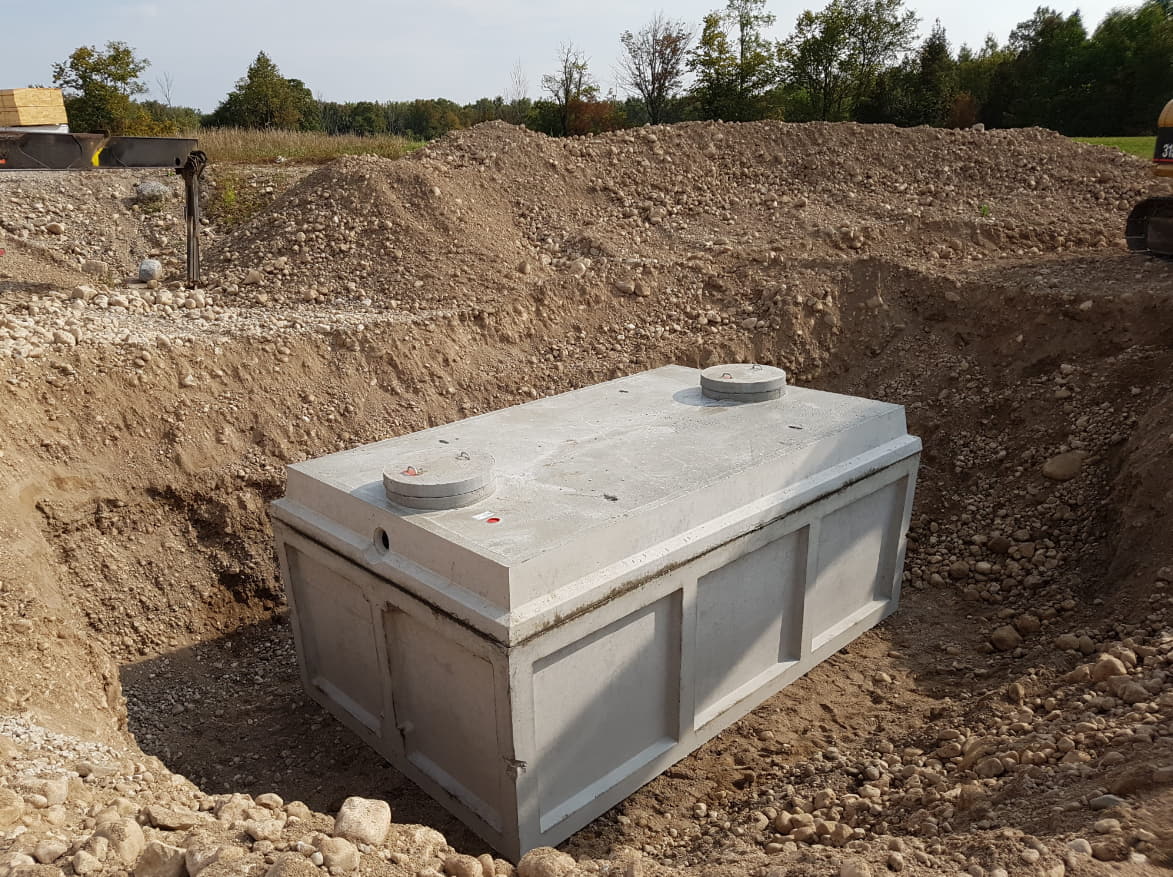The Ultimate Guide to Maintaining Your Concrete Septic Tank
Maintaining a concrete septic tank is essential for the proper functioning and longevity of your septic system. As a homeowner, it’s crucial to understand the necessary steps to keep your concrete septic tank in optimal condition. In this guide, we’ll explore some key tips to help you maintain concrete septic tanks effectively.
Understanding Concrete Septic Tanks
They are a common choice for wastewater treatment systems in residential and commercial properties. These durable tanks are designed to hold and treat wastewater from households or buildings before releasing it into the surrounding soil. Additionally, concrete water tanks are often used for water storage purposes but require different maintenance procedures.
Regular Inspection and Pumping
Regular inspection and pumping are essential for maintaining a concrete septic tank. Schedule routine inspections by a qualified professional to check for any signs of damage, leaks, or blockages. Additionally, it’s crucial to pump out the solids and sludge from the tank regularly to prevent buildup and ensure proper functioning.
Monitor Water Usage
Monitoring water usage can help prevent overloading the septic tank and reduce the risk of backups or system failures. Be mindful of water-intensive activities such as laundry, bathing, and dishwashing, and spread them out throughout the week to avoid putting excessive strain on the septic system.
Practice Proper Waste Disposal
Proper waste disposal is key to maintaining a healthy septic system. Avoid flushing non-biodegradable items such as sanitary products, wipes, and paper towels down the toilet, as these can clog the system and lead to costly repairs. Additionally, avoid pouring grease, oils, or harsh chemicals down the drains, as these can disrupt the natural balance of the septic tank.
Protect the Drainfield
The drain field plays a crucial role in the wastewater treatment process, so it’s essential to protect it from damage. Avoid parking vehicles or heavy machinery over the drain field, as this can compact the soil and inhibit proper drainage. Additionally, avoid planting trees or shrubs near the drainfield, as their roots can infiltrate and damage the system.
Address Issues Promptly
If you notice any signs of trouble with your concrete septic tanks, such as foul odours, slow drains, or soggy areas around the tank or drain field, address them promptly. Ignoring these warning signs can lead to more significant problems and costly repairs down the line.
Conclusion
In conclusion, maintaining a concrete septic tank is crucial for the proper functioning and longevity of your septic system. By following these essential tips, you can keep your septic tank in optimal condition and avoid costly repairs or replacements. So, whether you’re a new homeowner or have had a septic system for years, prioritize regular maintenance to ensure the health and efficiency of your concrete septic tanks.





